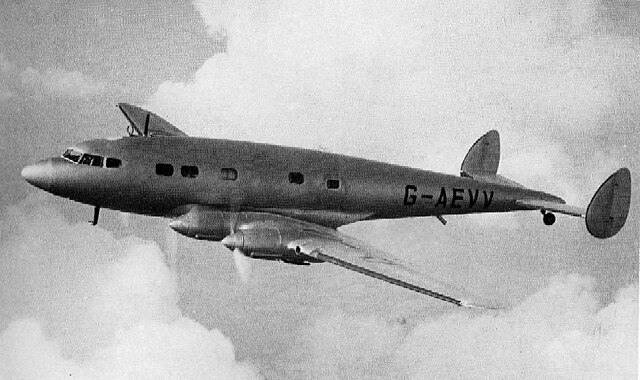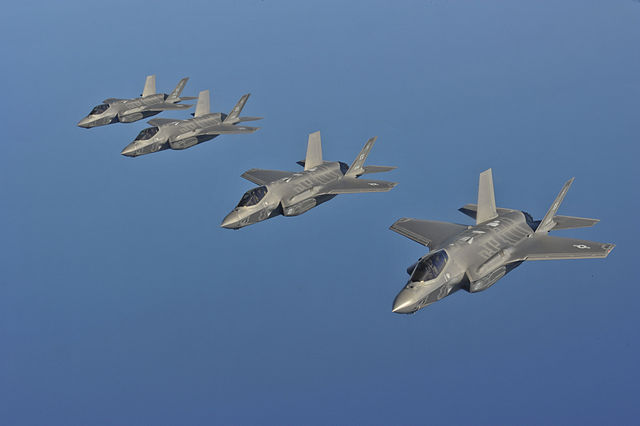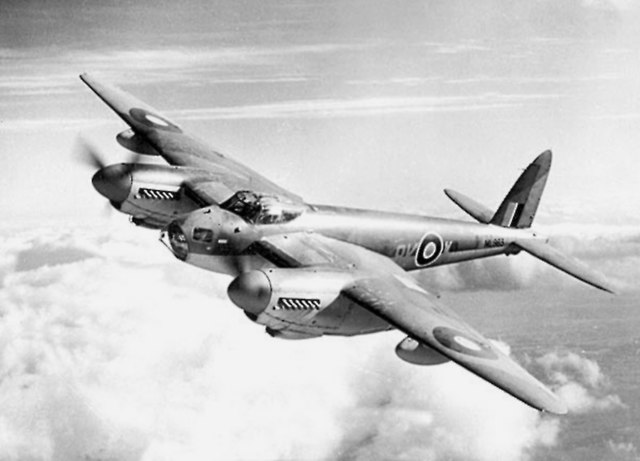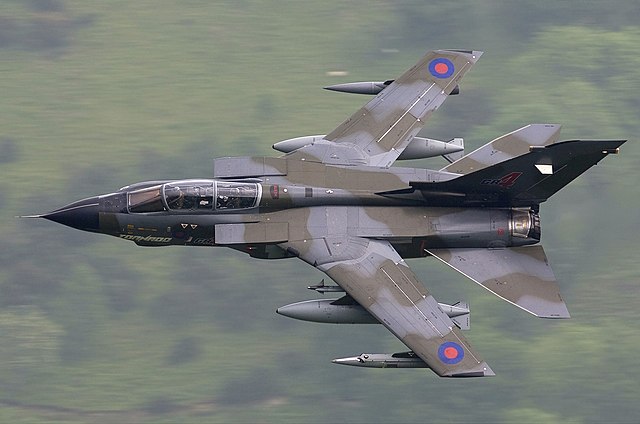The de Havilland DH.98 Mosquito is a British twin-engined, multirole combat aircraft, introduced during the Second World War. Unusual in that its airframe was constructed mostly of wood, it was nicknamed the "Wooden Wonder", or "Mossie". Lord Beaverbrook, Minister of Aircraft Production, nicknamed it "Freeman's Folly", alluding to Air Chief Marshal Sir Wilfrid Freeman, who defended Geoffrey de Havilland and his design concept against orders to scrap the project. In 1941, it was one of the fastest operational aircraft in the world.
De Havilland Mosquito
Construction concepts pioneered in the DH.88 Comet were later used in the Mosquito.
One of de Havilland's proposals was to adapt the de Havilland Albatross design to create a fast bomber.
1943 advertisement for de Havilland taken from Flight & Aircraft Engineer magazine highlights the speed of the B Mk.IV.
Multirole combat aircraft
A multirole combat aircraft (MRCA) is a combat aircraft intended to perform different roles in combat. These roles can include air to air combat, air support,
aerial bombing, reconnaissance, electronic warfare, and suppression of air defenses.
United States Air Force F-35A Lightning IIs, fifth-generation multirole stealth fighters
The de Havilland Mosquito was a Night fighter which performed light bombing and reconnaissance during World War II
An RAF Panavia Tornado GR4 flying through Mach Loop.
A US Navy F/A-18F Super Hornet








